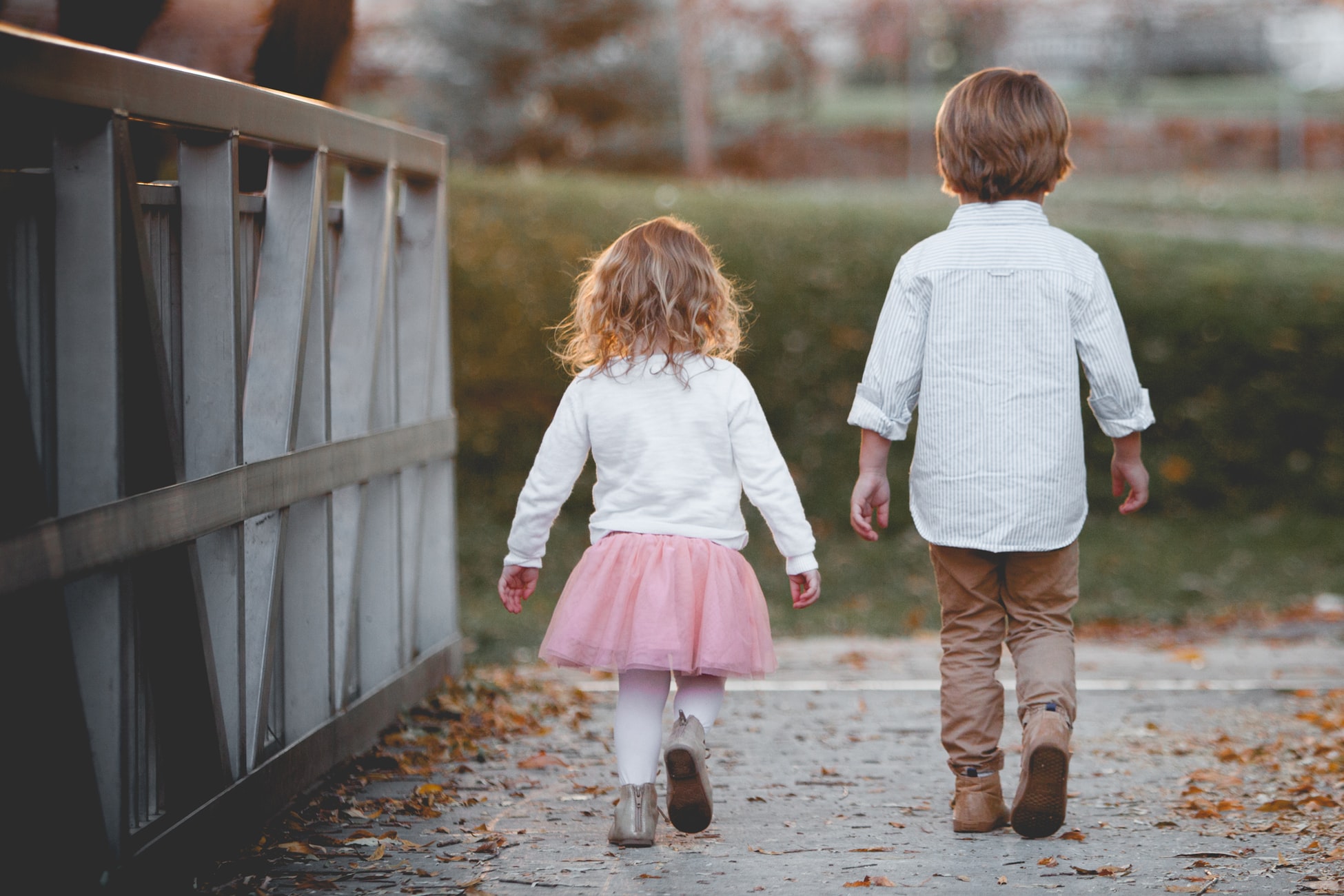One of the hardest parts of the adoption assessment is deciding the age-range of child or sibling group you want to be approved for. We found this really difficult not least because we had very different views at the start as to what age we’d be the best parents for.
It sounds very cold and calculated choosing the age of your child. Why should we get to pick and choose the type of child we’d like to parent? When you have a birth child, you don’t choose. You deal with whatever issues and obstacles come along in terms of your child’s health and behaviour. Why should it be any different with adoption? Why don’t you just accept whatever child is next in line?
It’s different because adoption is about so much more than just becoming a parent to a child. A child who is waiting to be adopted has already suffered unimaginable loss and trauma in their short lives, even if they aren’t aware of it when they move in with their new family.
Trauma
However young a child is when they’re placed with adopters, they’ve suffered trauma. That’s the case for every adopted child regardless of whether they’ve lived with their birth family. Being separated from your mum is trauma. Hearing shouting and sensing fear in utero is trauma.
The reality for most adopted children is some time spent with birth family, and then a move into foster care. And then possibly a move to another foster placement (and possibly more after that), and then a move to adoptive parents. Even the most resilient child is going to struggle with that number of moves. They have to learn to endure loss so that they can then learn to attach to their new primary carer. Add into that neglect or abuse and you have a child who needs a specialist kind of parenting.
Amongst other things, an adoptive parents has to be a therapist, doctor, advocate (who can make sure their voice is heard), social worker, pragmatist, peace-maker, punch bag as well as a parent. A lot of people aren’t cut out for that level of demand.
Children Waiting to be Adopted
Children of all ages are waiting to be adopted. The sad reality is that children waiting who are older than six or seven years old probably won’t find a forever family. The level of trauma they have suffered means that not many adopters feel able to provide them with the level of care they need to thrive. I felt very, very guilty that we didn’t feel we could.

It isn’t a child’s fault that they’ve experienced trauma which has a lasting impact on every aspect of their lives. They had no control over the standard of parenting they received. However, they’re the ones that pay the ultimate price because they aren’t able to move into a forever family. Long term foster care can’t give the same level of security and feeling of belonging that an adoptive placement can.
Adopting an older child
Adopting an older child means that a lot of issues, behaviours and conditions will be known about. This means that to a certain extent, you have an understanding of some of the issues you’re going to be dealing with.
But that can also lead you into a false sense of security that everything is known about. Children who’ve experienced early loss and trauma can mask how they’re feeling. They’re in survival mode and want someone to love them. That may mean that a lot more issues come to light once a child feels safe. And so things may develop as your child begins to trust you. This is what Melissa found when her daughters came home. She shared her experience of some of the issues that came to light in an interview a couple of years ago which I’d urge you to read.
One of the key things about adopting an older child is to make sure support is in place before you apply for the adoption order. The temptation is to apply as soon as you can because you want to be left alone to get to know your child and build a life together. However, getting the right support and funding is much more difficult once the order is granted. That’s because a child is no long classed as looked after by the local authority once they’re adopted, and so the routes to funding and support are different.
Adopting a younger child
When you adopt a baby or toddler, you obviously don’t have the level of information about their development as you do with an older child. Issues, conditions and behaviours won’t be apparent. Educated guesses can be made based on what’s known about the family history. But information is often lacking, particularly if the identity of birth dad isn’t known.
Some conditions become apparent as a child develops and grows. Autism, for example, can’t be diagnosed until a child is at least two years old. There are therefore a lot of uncertainties with adopting a young child.
This is something our social worker drummed into us a lot. If you want to adopt a young baby because you think that means they won’t have experienced trauma, please read this article and those highlighted in it. ANY child, whatever their age when they’re placed with their adoptive family, experiences some level of trauma when they’re removed from their birth mum.
They’ve spent nine months growing inside her body. They were connected to her physically. Being separated and severing that bond causes trauma. The level of trauma and how it manifests itself will be different for each child. But it’s still there.
Our decision
In the end, we decided that we wanted to be considered for as young a child as possible. We felt that was going to be the best fit for our family. We knew that meant a lot of uncertainty in terms of development but we were prepared for that. Our social worker went to great lengths to make sure we understood this. I can’t explain why but I felt that dealing with things as they happened felt more manageable than knowing about them from the start.

There was a lot of uncertainty about our eldest daughter’s development. The placement order was granted when she was about four months old, but we didn’t find out about her for another two months because of the level of concern about her development. In the end, her six month review showed she was thriving and developing as she should.
We deal with issues as and when they arise. Some will have been as a result of what she experienced in utero. Some won’t. And in some respects, it doesn’t matter how they were caused. The important thing is helping her to manage them so that they don’t hold her back.
Making your decision
The important thing about deciding about the age of the child you’d like to be considered for is to be realistic. Ask lots of questions and talk it through with your partner if you have one, and your social worker. They’ll have a gut feeling about what age range would be best for you.
Do your research and remember that it’s impossible to know everything about a child. The level of information available will be affected by lots of things. And the reality is that some birth parents aren’t prepared to share information about their own history. You have to be prepared to learn and adapt as you go.
Nine years in and I’m very grateful that we made the decision we did in terms of age. We feel very lucky to be parents to our girls. We’re learning as we go about the impact their experiences in utero will have on them as they grow up.
If you enjoyed reading this article, why not buy me a coffee to show your support for the magazine? If you’d like to read more articles about adoption, health and well-being, and parenting, head over to the home page and have a look at what’s new.



